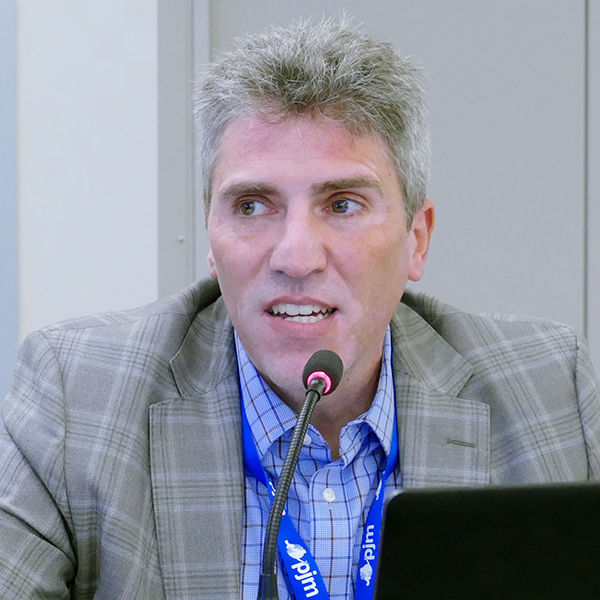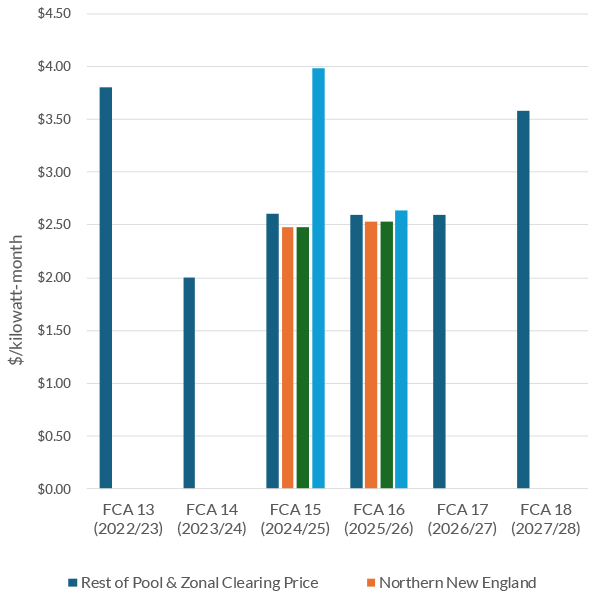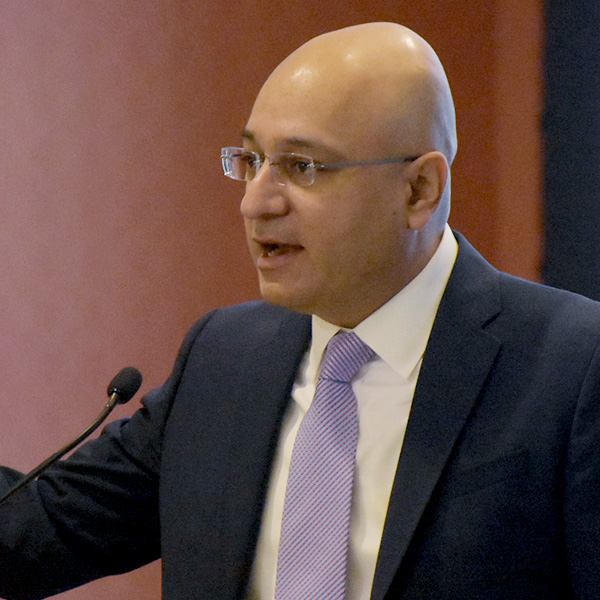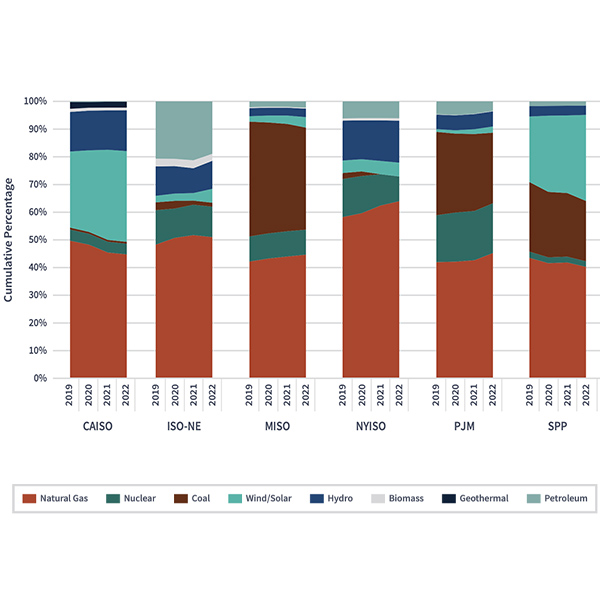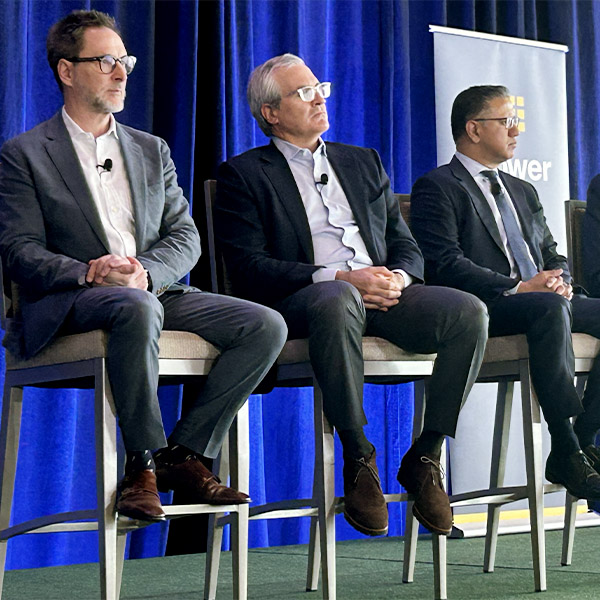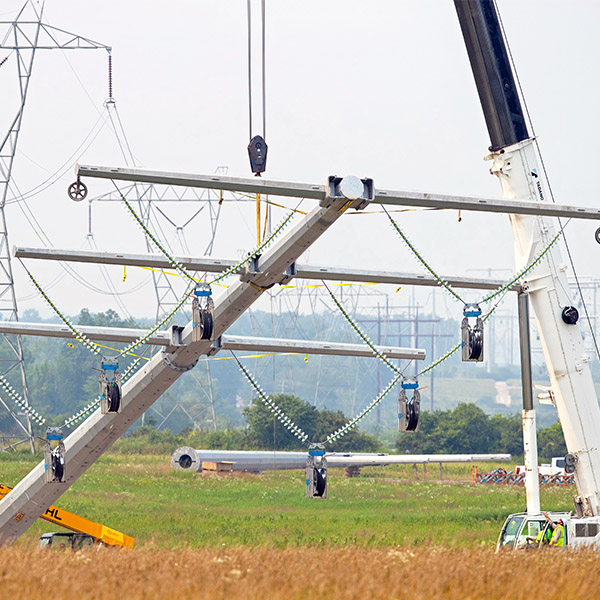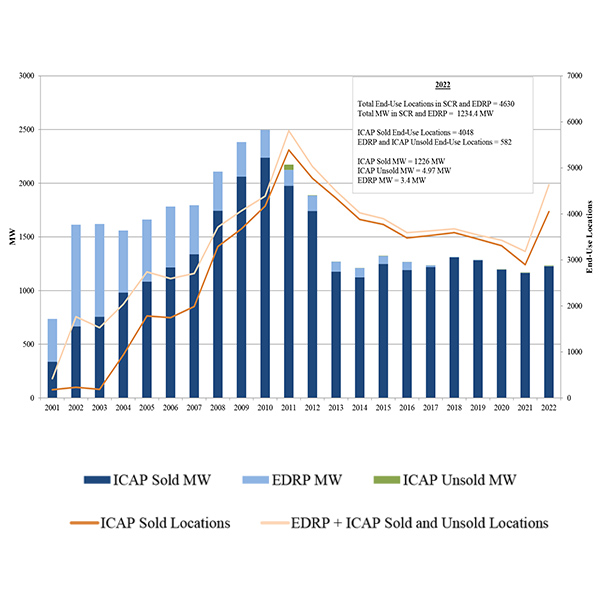Demand Response
A group of demand response providers in PJM proposed adding two hours to the availability window that binds when the resource can be deployed by the RTO.
FERC is poised to levy a total $27 million in penalties on a Texas-based LLC meant to sell in-car ketchup holders that collected more than $1 million in undeserved MISO demand response payments.
ISO-NE's capacity prices cleared at $3.58/kW-month in FCA 18, a nearly $1 increase over last year.
NYISO defended its proposal to set a 10-kW minimum requirement for distributed energy resources to participate in an aggregation.
FERC approved PJM's proposal to rework several areas of its capacity market centered around aligning how resources’ capacity contributions match up to system risk analysis.
FERC released the latest iteration of its Common Metrics Report on ISO/RTO markets, which evaluates their performance and benefits.
CPower hosted an event outside D.C. that charted the demand response's industry's evolution to a virtual power plant model that can help the industry manage the growing share of DERs coming onto the grid.
The groups charged with leading New York’s energy transition enter 2024 trying to build on momentum from in 2023 while recovering from its disappointments.
FERC ordered Linde and NIPSCO to pay a combined $66.7 million in penalties and disgorgement for manipulating MISO’s demand response program.
NYISO stakeholders continued their criticism of the ISO’s effort to improve its demand response programs, saying it has inadequately addressed their concerns.
Want more? Advanced Search
